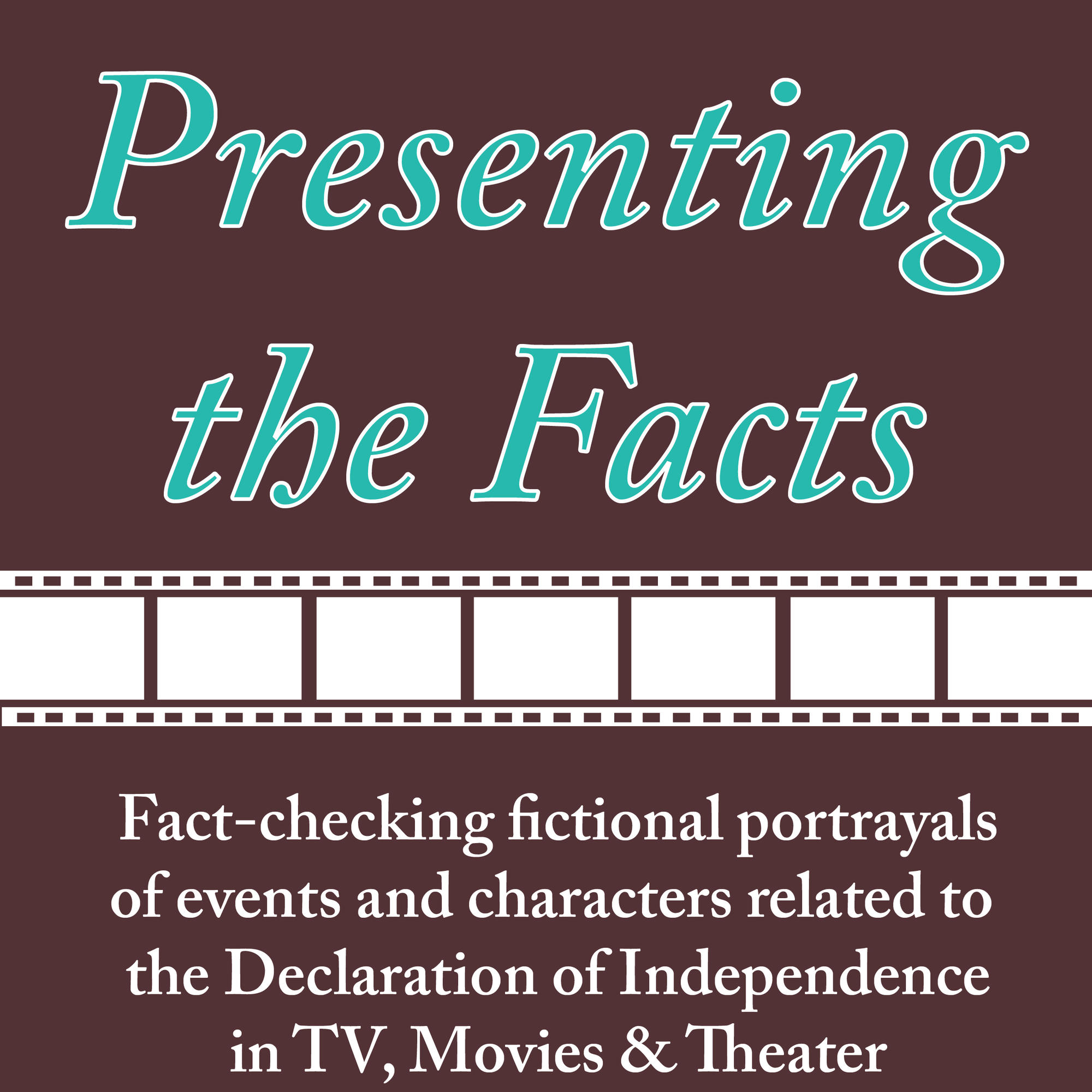 In this edition of "Presenting the Facts", we explore the 2004 blockbuster National Treasure. The story was written by Jim Kouf, Oren Aviv, and Charles Segars, and the screenplay was by Jim Kouf, Cormac Wibberley, and Marianne Wibberley. It was directed by Jon Turtletaub and produced by Jerry Bruckheimer, who is known for other action films based in historical details, including Pearl Harbor and Black Hawk Down. To quote the Critics Consensus on Rotten Tomatoes, where the movie has a 44% rating, "National Treasure is no treasure, but it's a fun ride for those who can forgive its highly improbable plot."
In this edition of "Presenting the Facts", we explore the 2004 blockbuster National Treasure. The story was written by Jim Kouf, Oren Aviv, and Charles Segars, and the screenplay was by Jim Kouf, Cormac Wibberley, and Marianne Wibberley. It was directed by Jon Turtletaub and produced by Jerry Bruckheimer, who is known for other action films based in historical details, including Pearl Harbor and Black Hawk Down. To quote the Critics Consensus on Rotten Tomatoes, where the movie has a 44% rating, "National Treasure is no treasure, but it's a fun ride for those who can forgive its highly improbable plot."
A brief note on names: Nicolas Cage's character, Ben Gates, has the full name Benjamin Franklin Gates, as revealed in the opening scene with his grandfather. In fact, Ben's father's full name is Patrick Henry Gates (played by Jon Voight), and his grandfather's full name is John Adams Gates (played by Christopher Plummer). But the allusion to the founders doesn't stop with the Gates family. Diane Kruger's character is named Abigail Chase, a combination of Abigail Adams and Samuel Chase. Sean Bean's character is called Ian Howe (though it is revealed that this may be an alias), and General William Howe and Admiral Richard Howe were both high-ranking British commanders and the King's Commissioners to restore peace during the Revolutionary War.
To get this out of the way, we'll start with the most obvious piece of fiction.
 Fiction: There is a map on the back of the Declaration of Independence, leading to the treasure of the Knights Templar.
Fiction: There is a map on the back of the Declaration of Independence, leading to the treasure of the Knights Templar.
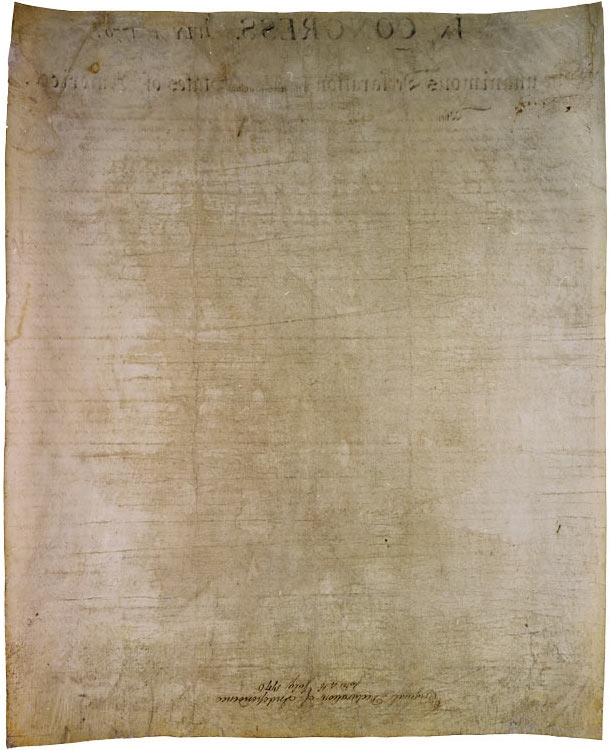
... Read more about Presenting the Facts: National Treasure

 In this edition of "Presenting the Facts", we explore the 2004 blockbuster National Treasure. The story was written by Jim Kouf, Oren Aviv, and Charles Segars, and the screenplay was by Jim Kouf, Cormac Wibberley, and Marianne Wibberley. It was directed by Jon Turtletaub and produced by Jerry Bruckheimer, who is known for other action films based in historical details, including Pearl Harbor and Black Hawk Down. To quote the Critics Consensus on
In this edition of "Presenting the Facts", we explore the 2004 blockbuster National Treasure. The story was written by Jim Kouf, Oren Aviv, and Charles Segars, and the screenplay was by Jim Kouf, Cormac Wibberley, and Marianne Wibberley. It was directed by Jon Turtletaub and produced by Jerry Bruckheimer, who is known for other action films based in historical details, including Pearl Harbor and Black Hawk Down. To quote the Critics Consensus on  Fiction: There is a map on the back of the Declaration of Independence, leading to the treasure of the Knights Templar.
Fiction: There is a map on the back of the Declaration of Independence, leading to the treasure of the Knights Templar.
 John Adams and Thomas Jefferson were the only signers of the Declaration of Independence to become President of the United States, but they certainly weren't the only signers elected to public office in the new federal government. In fact, seven signers were part of the 1st United States Congress (1789-1791), eight including President of the Congress, John Adams. This month, with Election Day fast approaching, we highlight the signers of the Declaration of Independence who became congressmen, vice presidents, and presidents in the new United States.
John Adams and Thomas Jefferson were the only signers of the Declaration of Independence to become President of the United States, but they certainly weren't the only signers elected to public office in the new federal government. In fact, seven signers were part of the 1st United States Congress (1789-1791), eight including President of the Congress, John Adams. This month, with Election Day fast approaching, we highlight the signers of the Declaration of Independence who became congressmen, vice presidents, and presidents in the new United States.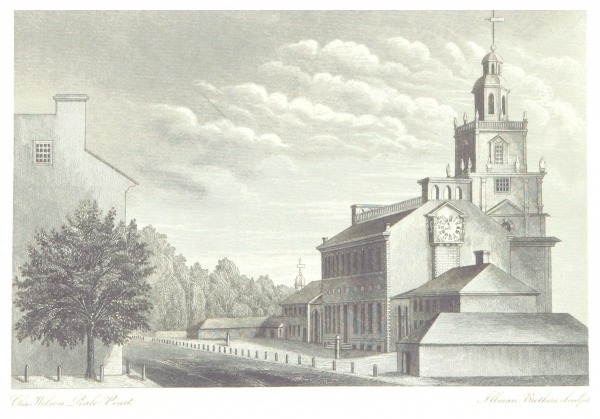
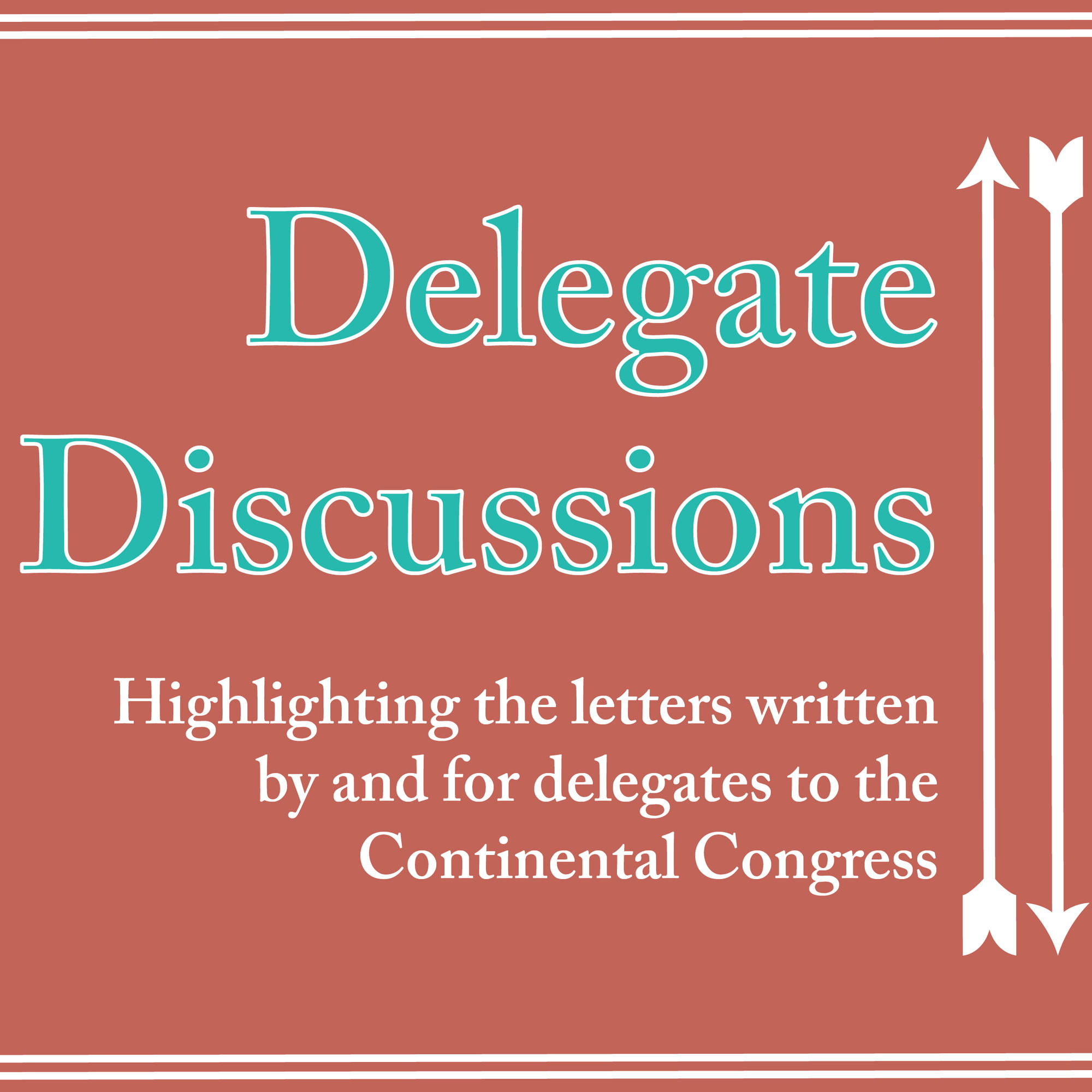 In February 1790, Dr. Benjamin Rush wrote a
In February 1790, Dr. Benjamin Rush wrote a 
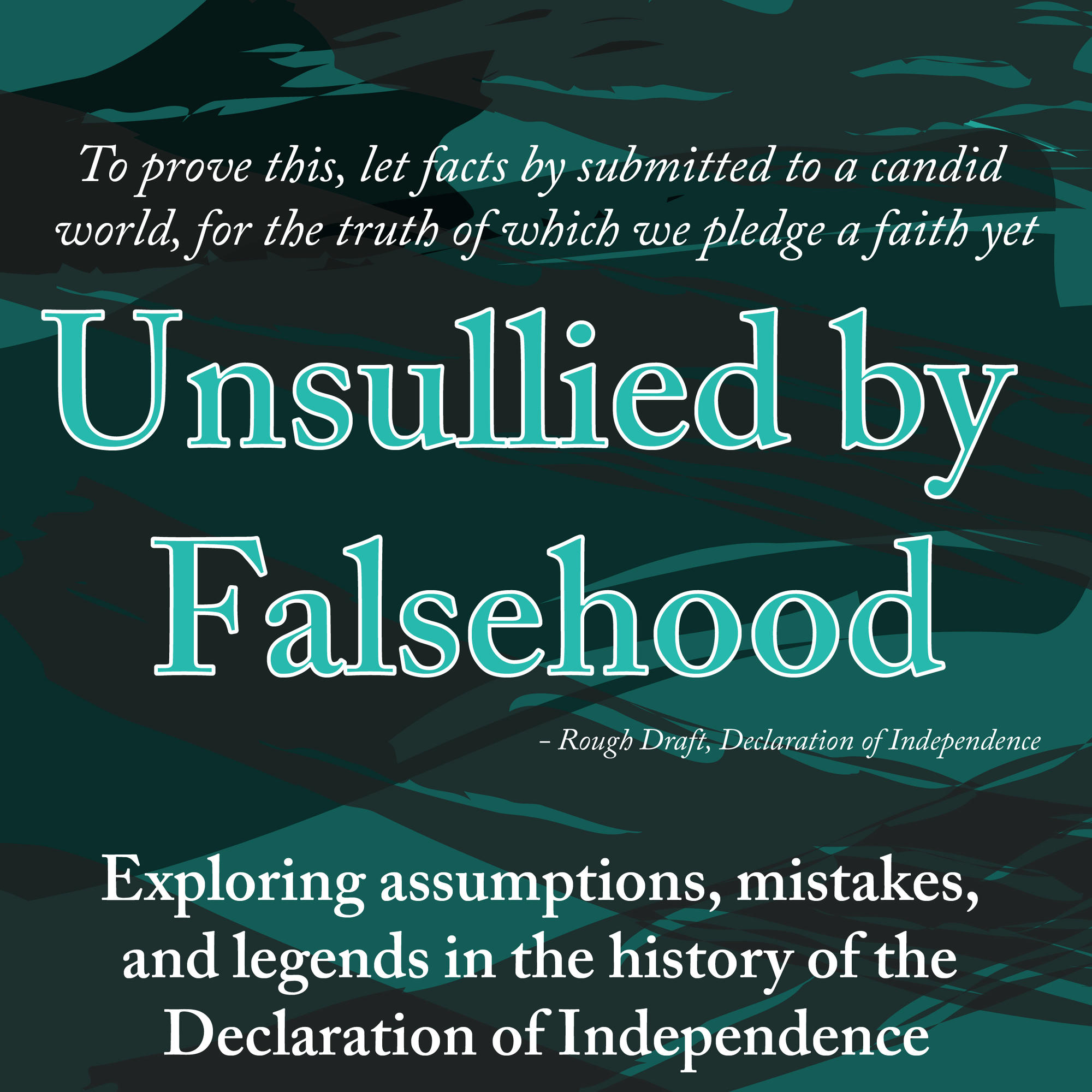 Last month, we debunked
Last month, we debunked 